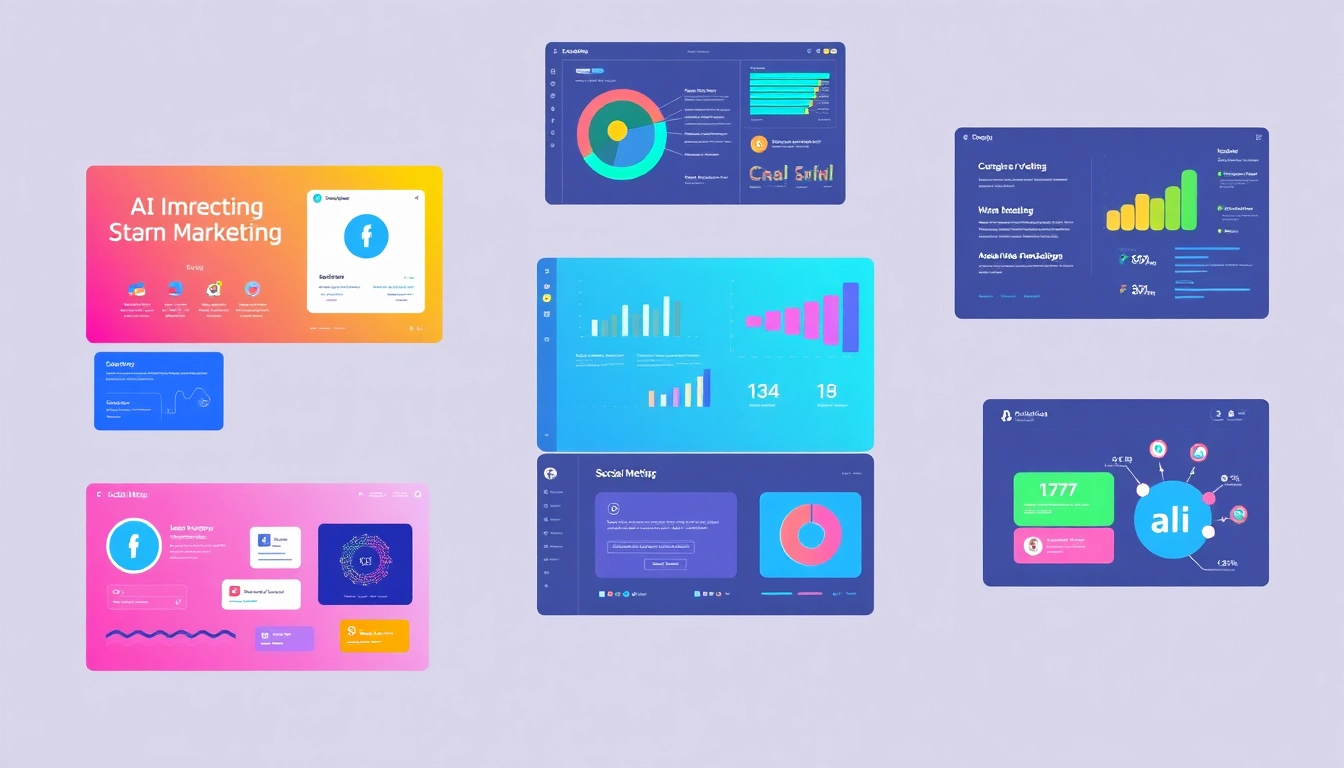Understanding Competitor Pricing Analysis
What is Competitive Pricing Analysis?
Competitor pricing analysis is an essential strategy for businesses aiming to remain competitive in their respective markets. This process involves gathering and examining the pricing of similar products offered by competitors over a defined period. It allows companies to understand not only how their prices compare to those of their competitors but also to discern patterns and trends that can inform their own pricing strategies. By leveraging insights from a well-conducted competitor pricing analysis, businesses can make informed decisions that enhance their market positioning.
The Importance of Competitor Pricing
The importance of competitor pricing cannot be overstated. Understanding how competitors price their products provides a benchmark for your pricing strategies. Companies can identify whether they are priced too high, too low, or just right in comparison to peers. This awareness can lead to improved sales performance, customer acquisition, and retention rates. Furthermore, analyzing competitor pricing can highlight gaps in the market and opportunities to innovate.
Key Terminology in Pricing Analysis
- Price Elasticity: How the demand for a product changes as its price changes.
- Market Penetration Pricing: Setting a low price to gain market share quickly.
- Value-Based Pricing: Pricing based on the perceived value of a product rather than its cost.
- Dynamic Pricing: Adjusting prices based on real-time supply and demand scenarios.
- Cost-Plus Pricing: Determining prices by adding a standard markup to the cost of the product.
Steps to Conduct a Competitor Pricing Analysis
Identifying Competitors and Market Segments
The first step in conducting a thorough competitor pricing analysis is to identify who your competitors are and the market segments they operate in. This involves evaluating direct competitors—those who sell similar products—as well as indirect competitors—those offering substitute products. Segmenting the market helps clarify where to focus competitive analysis efforts. Identify niche players who may have different pricing strategies or customer bases to cater to.
Gathering and Validating Pricing Data
Once competitors are identified, the next step is to gather pricing data for their offerings. This can be achieved through various methods, including:
- Online Price Scraping: Use automated tools to monitor competitor prices online.
- Manual Research: Visit competitor websites, stores, and online marketplaces to gather data.
- Market Surveys: Conduct surveys to gather customer insights on pricing perception.
Validity and accuracy of data collection are paramount. Ensure that the data reflects current prices, as stale data can lead to misguided decisions.
Analyzing Pricing Strategies and Trends
After gathering data, the next crucial step is analysis. Look for common pricing strategies employed by competitors. Are they using cost-plus pricing, or do they favor value-based strategies? Analyze price changes over time to observe trends within the market. Also, investigate promotional strategies, such as discounts or bundle offers, which can influence pricing perceptions.
Tools like Excel and specialized pricing software can help in visualizing this data through charts and graphs, making it easier to derive insights. Key performance metrics to observe include:
- Average Selling Price (ASP)
- Price Variance
- Customer Reaction to Pricing Changes
Tools and Techniques for Effective Analysis
Utilizing Software for Pricing Analysis
Various software solutions can enhance the efficiency of pricing analysis. Tools like Competera, Price2Spy, or Minderest provide comprehensive platforms for monitoring and analyzing competitor prices in real-time. These tools can automate data collection, offering you time to focus more on strategic analysis rather than time-consuming research tasks.
Leveraging Market Research Data
Market research can provide deeper insights into consumer behavior and preferences, aiding in understanding the factors that drive pricing decisions. Utilize focus groups, surveys, and customer feedback to understand how pricing impacts purchasing decisions. This qualitative data is invaluable when validating pricing strategies, as it complements raw pricing figures with consumer sentiment.
Case Studies of Successful Pricing Strategies
Learning from case studies of organizations that have successfully executed competitor pricing analysis can offer insightful lessons. For instance, consider the approach of a leading tech company that analyzed competitor pricing for their software solutions, leading them to adjust pricing tiers based on customer demand and perceived value. By effectively communicating the benefits of their products, they were able to increase their market share significantly. Such examples underscore the importance of strategic thinking based on rigorous data analysis.
Common Challenges in Competitive Pricing Analysis
Data Overload: How to Stay Focused
One of the common challenges businesses face when conducting competitor pricing analysis is data overload. With vast amounts of data available, it can be challenging to discern what is most relevant to your pricing strategies. To manage this, establish clear objectives and prioritize data that aligns with these goals. Create a structured framework for analysis that includes critical KPIs and focus on metrics that directly impact final pricing decisions.
Adjusting to Market Fluctuations
The market is continuously changing, and pricing strategies must be adaptable. This can be particularly challenging during economic shifts or market disruptions. Regularly scheduled analysis and updates to your pricing structure can help businesses stay ahead of the curve. Utilizing dynamic pricing strategies can allow for swift adjustments based on current market conditions.
Identifying Actionable Insights
A primary goal of competitive pricing analysis is to extract actionable insights from the data. However, without a focused approach, it can be difficult to identify which findings align with business objectives. To improve effectiveness, adopt a methodical approach: draw correlations between pricing strategies and sales performance, and always ask how data insights align with overall business goals.
Best Practices for Continuous Competitive Pricing Analysis
Regularly Updating Pricing Strategies
In a fast-paced market, companies must regularly reassess their pricing strategies. Setting a schedule—such as quarterly pricing reviews—can help organizations stay current with competitor pricing and market dynamics. Ensuring all relevant data points are considered during updates will solidify your competitive advantage.
Collaborating with Sales and Marketing Teams
Collaborating closely with sales and marketing teams is essential for understanding customer feedback and sales performance related to pricing. This feedback loop can provide invaluable insights into the effectiveness of pricing strategies and highlight potential areas for adjustment.
Monitoring Competitor Movements Effectively
Effective monitoring of competitors means keeping an eye not just on their pricing changes but also on their marketing strategies and product offerings. Utilize tools that aggregate this data to provide comprehensive insights into competitor movements. Set alerts for major pricing changes or promotional events that might impact your business strategy.



